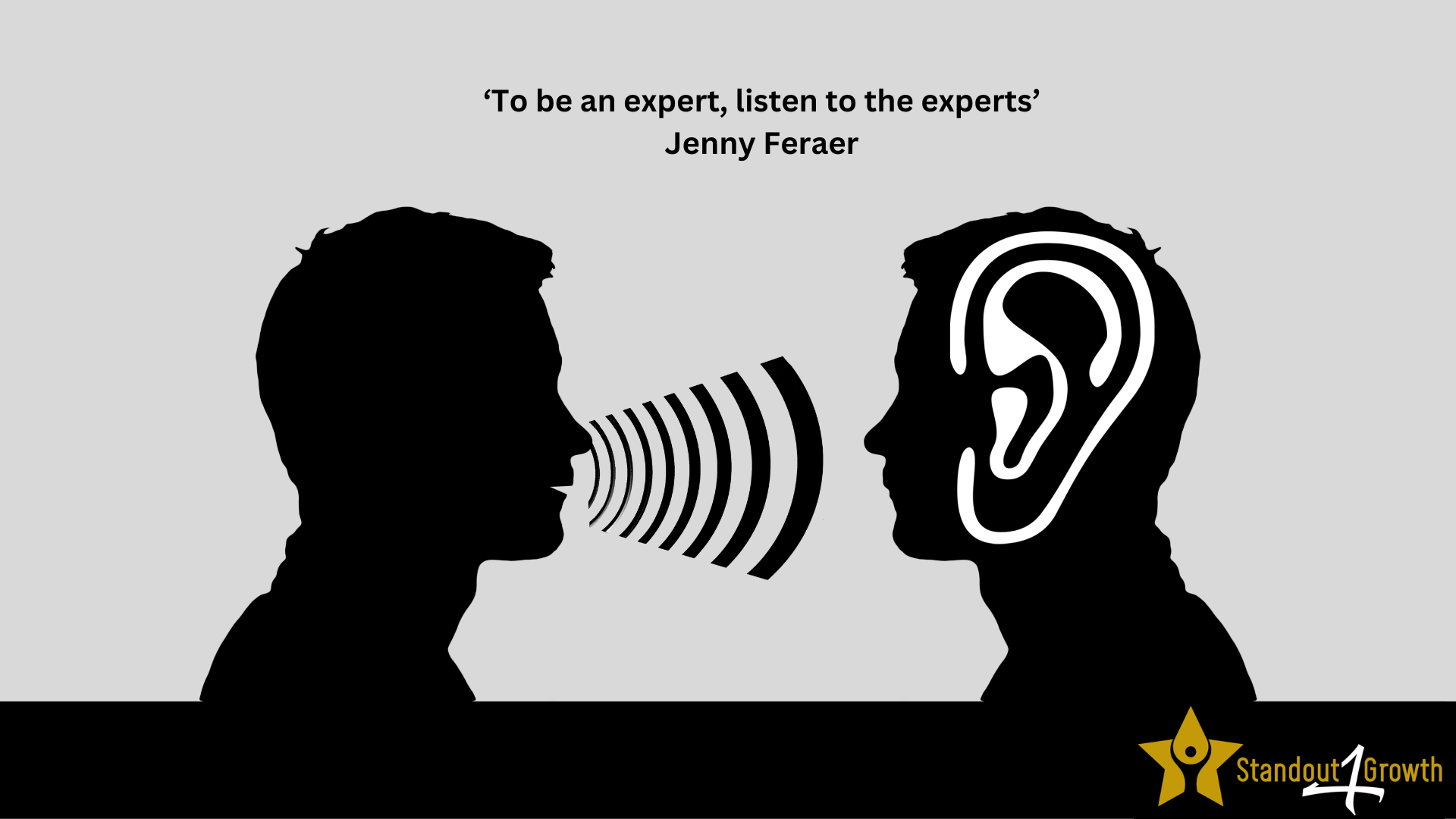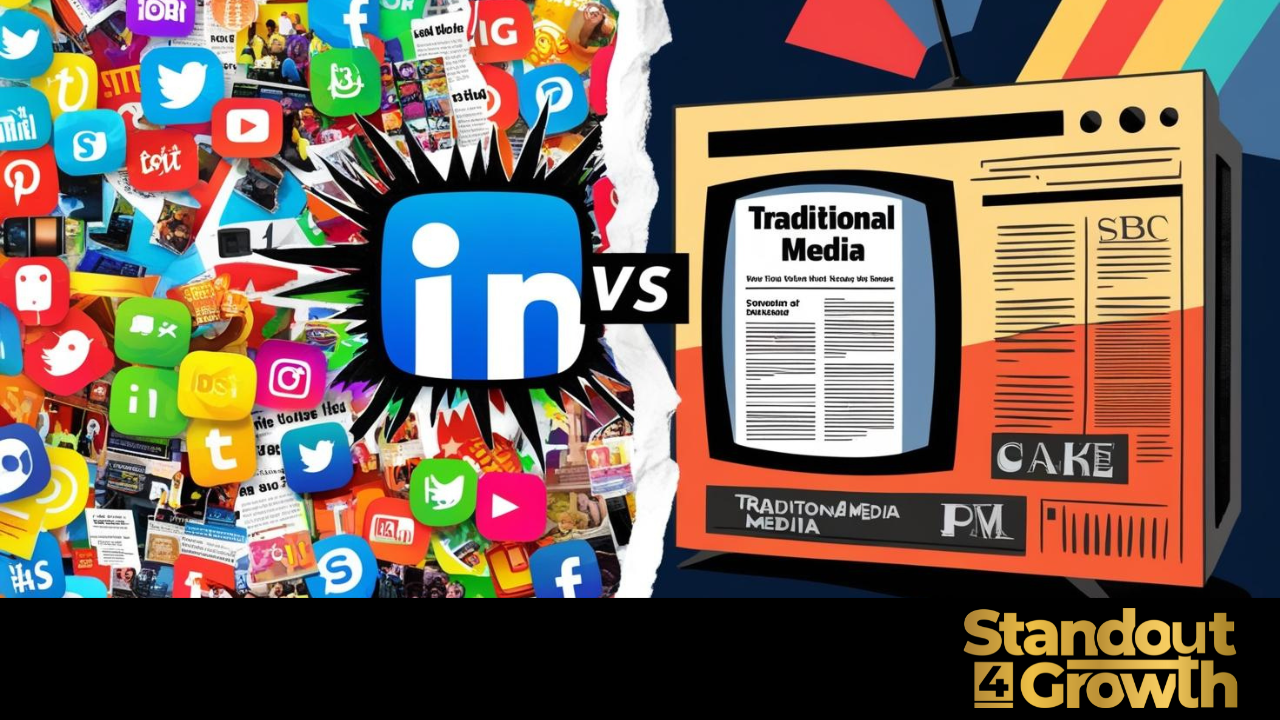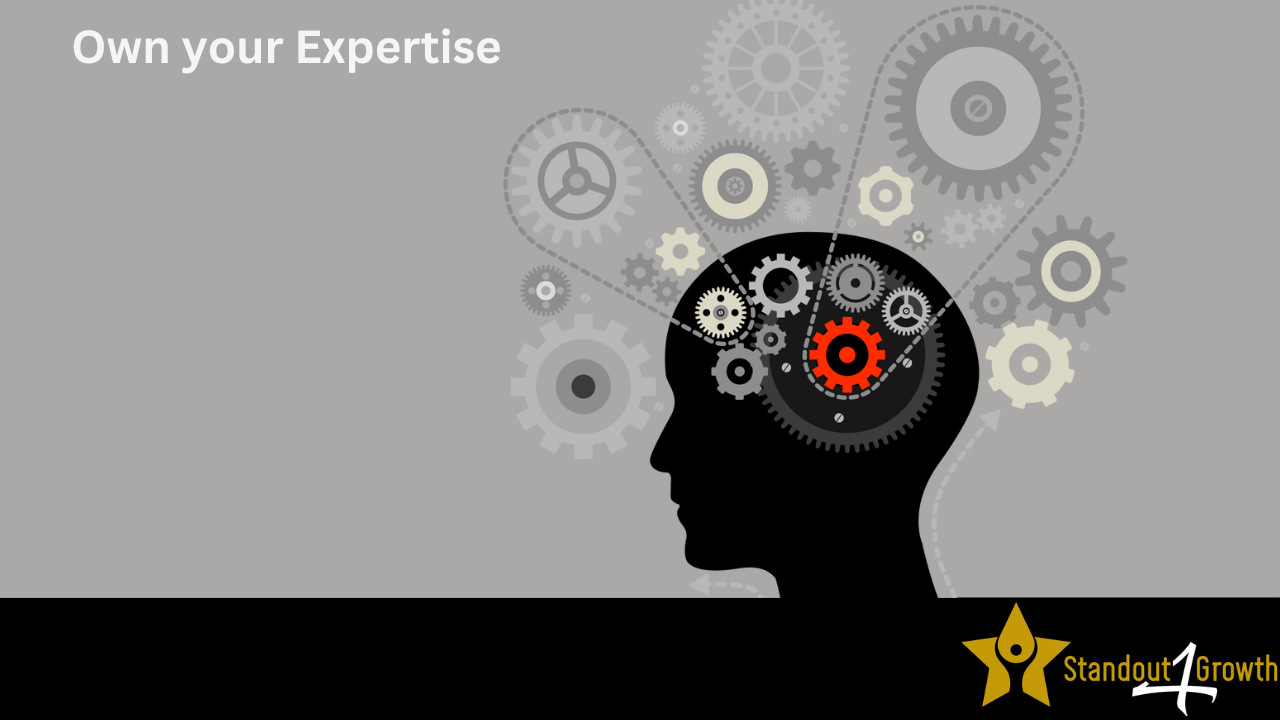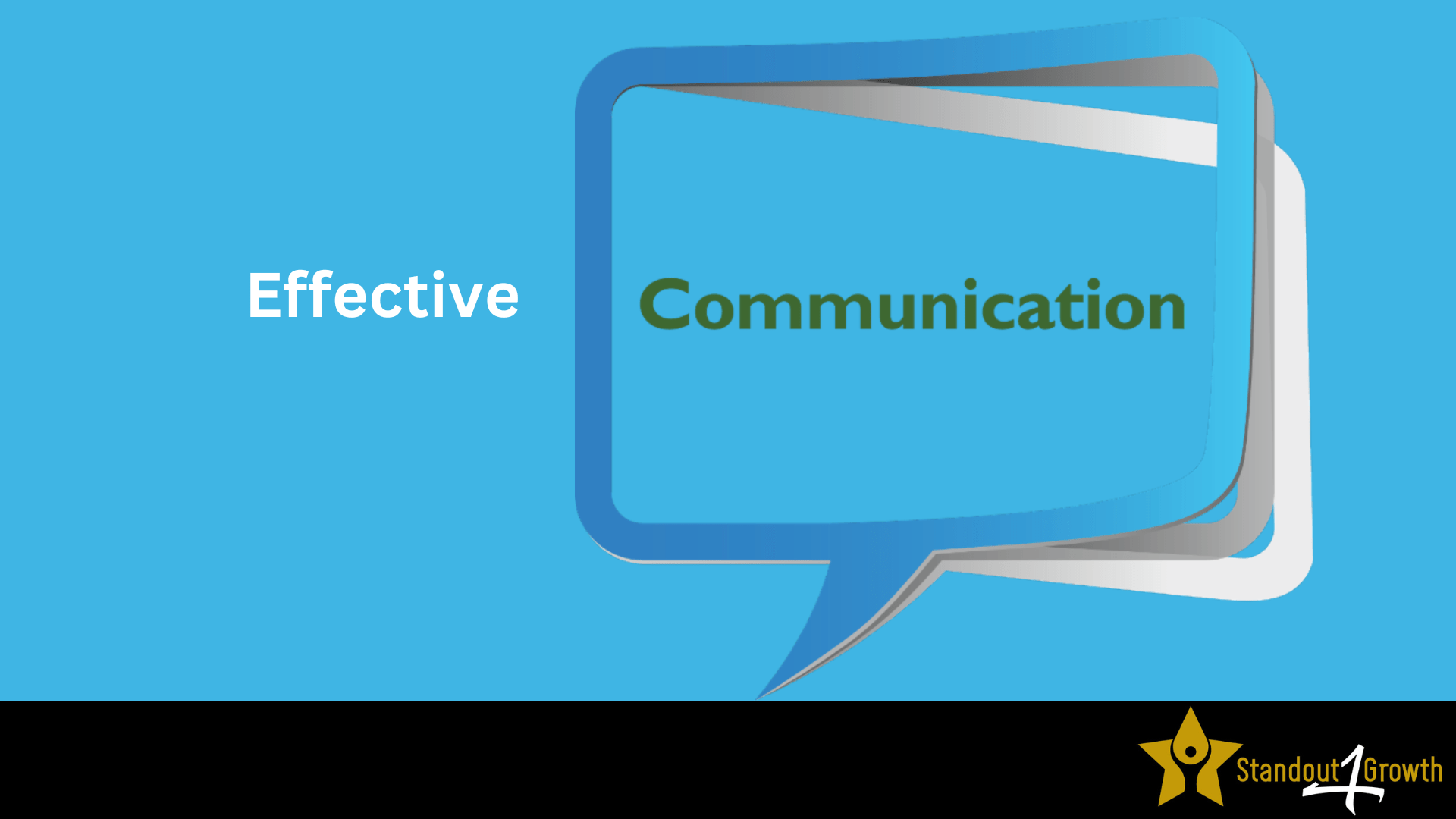
Who are you Listening to? Choose the Best Expert
Have you ever taken a step back to question your own sanity? Wondering why you ever put your trust in

Today, personal brands are growing bigger and faster than ever, thanks to the power of social media. Platforms like LinkedIn, Instagram, Twitter, and TikTok have revolutionized how individuals build their brands, offering unprecedented opportunities to reach global audiences, connect with peers, and showcase expertise.
Let’s break it down:
Reach: Instant and Global vs. Local and Time-Bound.
Social platforms allow you to share content with millions of people instantly, regardless of geographic location. Whether it’s an Instagram post, a Twitter thread, or a TikTok video, your content can go global in a matter of hours.
Traditional Media such as print ads, TV, or radio on the other hand, are often limited by geographic proximity and time constraints. Reaching a global audience is costly and logistically challenging.
Showcasing Personality and Expertise: Dynamic vs. Static
Social platforms enable you to showcase both your professional expertise and personal side. LinkedIn is ideal for industry insights, while Instagram or Twitter can highlight your hobbies, values, and creativity. This dynamic, multi-dimensional approach makes your brand relatable and authentic.
Traditional media often focuses on a single narrative or message, leaving little room for personal storytelling or real-time updates. It’s harder to convey a holistic brand image.
Engagement: Two-Way Interaction vs. One-Way Communication
Social platforms foster direct interaction with your audience through comments, likes, shares, and messages. This two-way communication builds trust and relationships, making your brand more resonant and engaging. Traditional methods are typically one-way—your audience consumes the content but has limited opportunities to engage or provide feedback. This lack of interaction can make it harder to build a loyal following.
Content Formats: Diverse vs. Limited
Digital/Social Media supports a wide range of content formats, including text, images, videos, podcasts, and live streams. This versatility allows you to experiment and adapt to your audience’s preferences. For example, YouTube or TikTok can highlight your storytelling skills, while blogs and podcasts can demonstrate thought leadership.
Traditional formats are often rigid—print ads are static, TV and radio spots are time-bound, and there’s little room for experimentation or customization.
Cost: Affordable vs. Expensive
Digital/Social Media platforms allow you to grow your brand organically at little to no cost. Paid advertising options are also highly targeted, making them a cost-effective way to amplify your visibility.
Traditional advertising methods, such as TV commercials or print ads, are often expensive and require significant upfront investment. They also lack the precision targeting of digital platforms.
Still, despite the listed disadvantages, traditional methods continue to play an important role in building personal brands as they complement one’s online presence and help establish credibility in the offline world.
By understanding the strengths of both digital and traditional media, you can create a balanced and impactful personal branding strategy that resonates with your audience.
Think Public Speaking, publishing a book, publishing articles in industry journals, or even the same old face-to-face networking events. While securing such opportunities may require a little more effort and sometimes financial investment when compared to a social media post, they can lend significant credibility to your personal brand.
How then can you use the strengths of each media to complement the other?
While social media is undoubtedly a game-changer, traditional methods bring a depth that digital tools alone can’t achieve. By leveraging both, you can create a personal brand that is dynamic, authentic, and far-reaching.
The key lies in consistent alignment. Your social media and traditional branding efforts should reinforce the same message and values. Together, they form a powerful ecosystem that accelerates your visibility, builds trust, and positions you as a leader in your field.
Consider a more balanced approach to building your personal brand and #standout4growth.
Looking to get started on your Personal Branding Journey? Click here to join the Personal Branding Coaching Programs for Aspiring Professionals just like you
You can also check out our self paced on-demand course on Udemy and get learning

Have you ever taken a step back to question your own sanity? Wondering why you ever put your trust in

What is intelligence? Most of us are familiar with the word Stupid as it is a name we have been called

Communication is a necessary pre-requisite to effectively managing your brand, be it a corporate / business brand or a personal brand.
